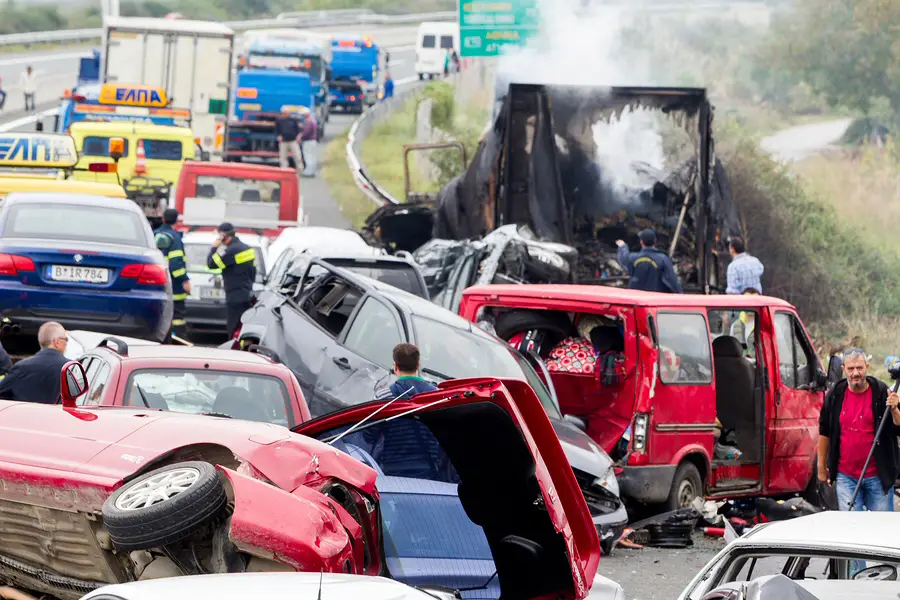Determining liability can be challenging in automobile collisions involving multiple parties. The complexities of the disaster, as well as various factors and legal principles, play a significant role in determining who can be held liable.
Hence, this article will explain how liability is defined to give clarity and direction to those involved in car accidents.
Most Common Reasons Why Car Accidents with Multiple Parties Happen
Car accidents that involve multiple parties can happen due to numerous reasons, such as:
Speeding
When people drive at a very high speed, they usually lose control of the vehicle and crash into other cars. Speeding can amplify the severity of the collisions, and multiple vehicles can be affected due to the limited time available to react.
Distracted Driving
Due to the rise in the use of mobile phones in this day and age, distracted driving is a common cause of road accidents. People get distracted from the roads while driving due to texting or talking on their mobile phones, leading them to lose control of the vehicle and crash.
Tailgating
Tailgating happens when a car follows another vehicle too closely; thus, a major collision can occur when the car in front takes a halt abruptly. Therefore, this can generate a chain of rear-end incidents when following cars fail to maintain a safe distance.
Impaired Driving
Hence, this can occur when people drive vehicles under the influence of alcohol, drugs, or sedative medicines. Therefore, this can severely affect a driver’s judgment, coordination, and reaction time. Drunk drivers may swerve, stop quickly, or not react appropriately to traffic conditions, leading to chain crashes.
Determining Responsibility for Car Accidents
When multiple vehicle accidents happen, most drivers are at fault. However, sometimes the person who initiated the accident might be made liable. According to the accident attorneys at Taxman, Pollock, Murray & Bekkerman, in order to determine who is responsible for the car accidents, attorneys must take into account the following factors:
Negligence: checking for negligence is a widespread way to determine who the real culprit is behind the crash. It entails proving that one or all the drivers failed to exercise reasonable care while driving. Negligence involves impaired driving, distracted driving, speeding, and tailgating.
Rear-End Collisions: Rear-end collisions happen when a car hits another one from the back, and in many such situations, the initial impact is of the vehicle on the back of the rear end.
Witness Statements: the liability of the crash also depends upon the statements given by eyewitnesses and CCTV footage, if any is available. Eyewitnesses and camera footage can easily explain the events that led to the crash, which can help or support the claims the involved parties put forward.
Traffic Rules: Everyone is supposed to follow these rules to avoid accidents, so if the authorities find any motorist to have violated traffic laws, such as by racing a red light or ignoring a stop sign, they may bear a greater degree of responsibility.
Expert Investigation: People can consult expert opinions of accident reconstruction specialists, engineers, forensics, or medical professionals to analyze the evidence, determine liability, and shed light on the accident’s dynamics.
Nevertheless, consulting with legal authorities and insurance companies to comprehend the situation thoroughly and get reimbursed for any damages caused properly is essential.
Bottom Line
In conclusion, if numerous people were involved in a vehicle accident, accountability would have to be determined based on a strict application of the law to the facts. Individuals and legal professionals can ensure equitable outcomes for all parties involved by making informed decisions based on their comprehension of the complexities.

